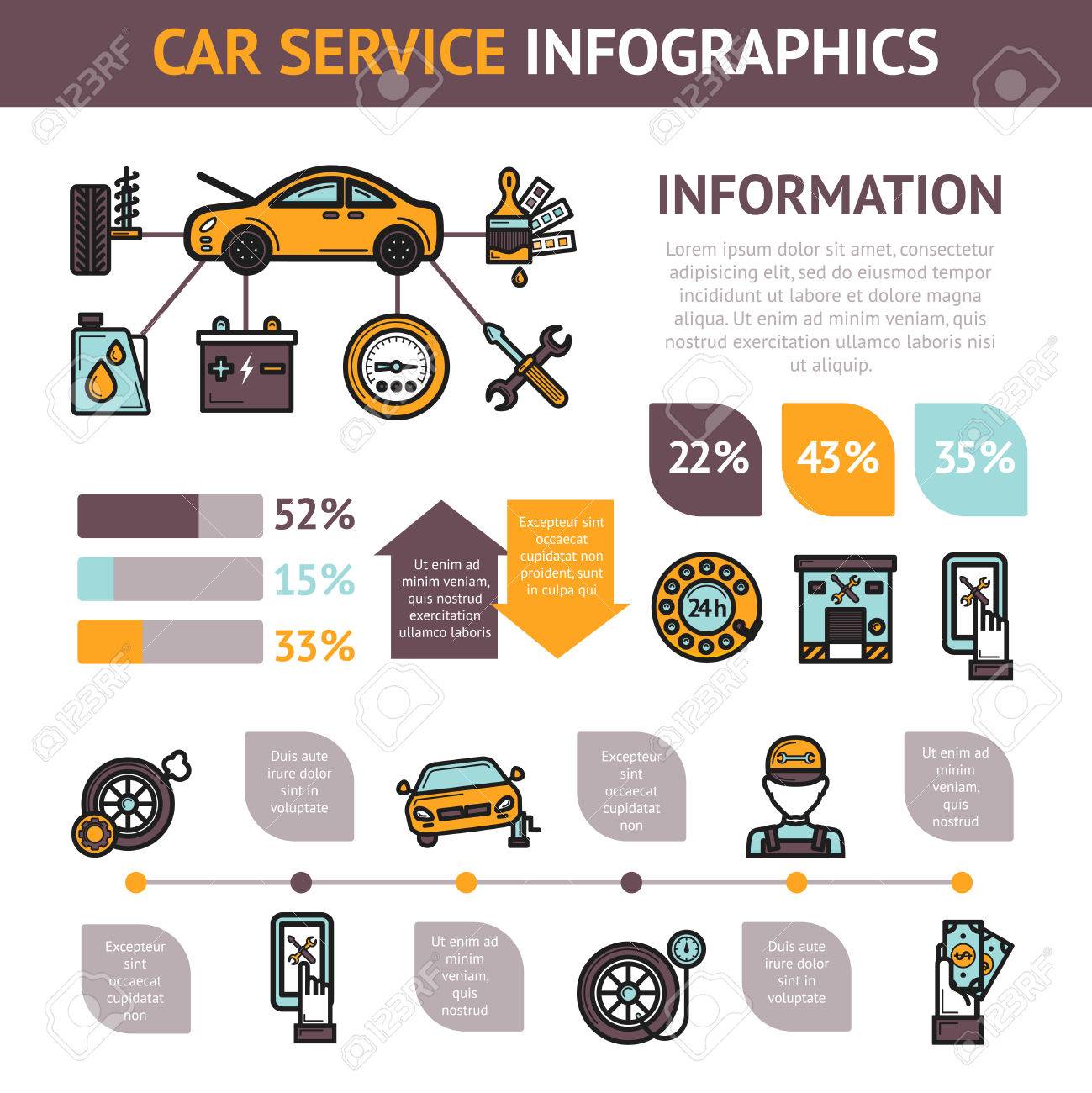When you're behind the wheel, those radiant warning lights on your dashboard can be a bit complicated. Do you know what they're trying to tell you regarding your cars and truck's health and wellness? Comprehending the relevance of these lights is important for your security and the long life of your vehicle. So, the following time one of those lights appears, would not you want to decode its message accurately and take the needed steps to resolve it?
Common Caution Lights and Interpretations
Determine common warning lights in your automobile and recognize their significances to guarantee risk-free driving.
One of the most regular warning lights include the check engine light, which indicates problems with the engine or exhausts system. If this light comes on, it's vital to have your automobile inspected quickly.
The oil stress warning light indicates low oil pressure, calling for immediate attention to stop engine damage.
A blinking battery light might recommend a damaged billing system, potentially leaving you stranded otherwise dealt with.
The tire stress surveillance system (TPMS) light alerts you to low tire pressure, impacting car security and gas performance. Disregarding this can result in risky driving conditions.
The abdominal muscle light suggests an issue with the anti-lock stopping system, compromising your capability to quit quickly in emergencies.
Last but not least, the coolant temperature level alerting light warns of engine getting too hot, which can cause serious damage if not fixed promptly.
Understanding these common caution lights will aid you deal with problems immediately and keep secure driving conditions.
Significance of Prompt Focus
Comprehending the usual warning lights in your vehicle is only the very first step; the importance of without delay addressing these warnings can't be emphasized enough to guarantee your safety and security when driving.
When a warning light brightens on your dashboard, it's your auto's way of communicating a possible problem that needs focus. Overlooking these cautions can cause much more severe troubles down the road, compromising your safety and security and potentially costing you much more in repairs.
Trigger attention to alerting lights can avoid break downs and accidents. For instance, a blinking check engine light might suggest a misfire that, if left neglected, can create damages to the catalytic converter. Resolving this promptly can save you from a pricey fixing.
Likewise, a brake system advising light might signal reduced brake liquid or worn brake pads, crucial parts for your safety when driving.
Do It Yourself Troubleshooting Tips
If you see a warning light on your dashboard, there are a few do it yourself fixing ideas you can attempt prior to seeking specialist assistance.
The first step is to consult your cars and truck's guidebook to recognize what the specific warning light shows. In some cases the issue can be as simple as a loose gas cap causing the check engine light. Tightening up the gas cap may deal with the problem.
An additional usual concern is a low battery, which can cause numerous cautioning lights. Inspecting the battery connections for rust and guaranteeing they're secure may repair the problem.
If a warning light continues, you can try resetting it by disconnecting the auto's battery for a couple of mins and then reconnecting it. In addition, checking your automobile's fluid degrees, such as oil, coolant, and brake liquid, can aid repair warning lights connected to these systems.
Conclusion
Finally, recognizing your automobile's caution lights is vital for maintaining your lorry running efficiently and securely. By quickly dealing with find out here and knowing what they imply, you can avoid pricey repair work and possible malfunctions.
Keep in mind to consult your car's manual for specific details on each alerting light and do something about it appropriately to make sure a hassle-free driving experience.
Remain notified, remain safe when traveling!
